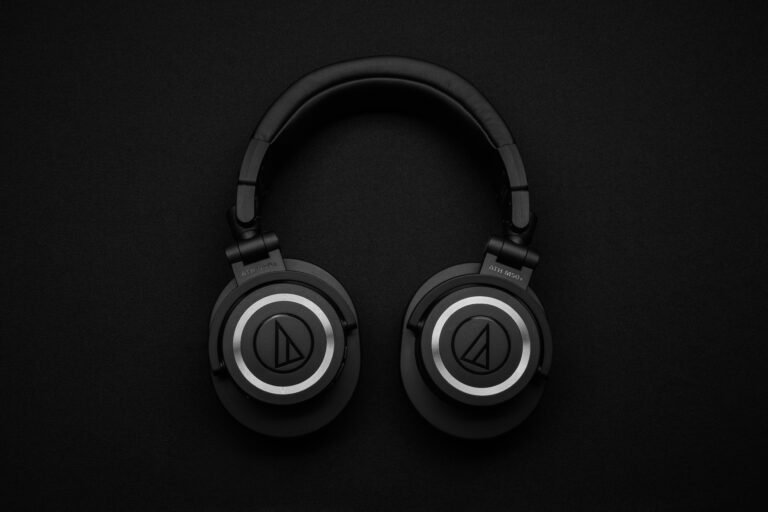Wireless headphones work by transmitting audio signals through Bluetooth, radio frequency (RF), or infrared (IR) instead of using a physical cable. They receive digital signals from a device, convert them into sound waves, and play them through speakers built into the ear cups or earbuds.

How Wireless Headphones Transmit Sound
Wireless headphones rely on different transmission technologies to send audio from a device to the headphones. Here’s how they work:
1. Bluetooth Transmission
The most common technology.
Pairs with devices like smartphones, tablets, and laptops.
Uses short-range radio waves to send audio data.
Converts digital signals into analog sound.
2. Radio Frequency (RF) Transmission
Uses higher frequency waves than Bluetooth.
Typically used for TV headphones or gaming headsets.
Offers a longer range than Bluetooth.
Requires a base station connected to the audio source.
3. Infrared (IR) Transmission
Uses light waves to send signals.
Requires direct line-of-sight between the transmitter and headphones.
Less common than Bluetooth and RF.
Components Inside Wireless Headphones
Wireless headphones include several key components that make them function efficiently:
1. Audio Receiver
Captures the wireless signal from the audio source.
2. Digital-to-Analog Converter (DAC)
Converts digital audio signals into sound waves.
3. Amplifier
Boosts the audio signal for clear sound output.
4. Speaker Drivers
Convert electrical signals into actual sound.
5. Battery & Charging Circuit
Powers the headphones.
Typically rechargeable via USB or wireless charging.
How Do Wireless Headphones Connect?
Pairing Mode: Headphones enter discovery mode for a new connection.
Device Connection: A smartphone, computer, or other source detects and pairs with the headphones.
Audio Streaming: Digital audio data is sent wirelessly, then converted into sound.
Benefits of Wireless Headphones
Portability: No cables mean more freedom to move.
Convenience: Quick pairing with multiple devices.
Advanced Features: Noise cancellation, voice assistants, and customizable sound profiles.
Drawbacks of Wireless Headphones
Battery Life: Requires recharging.
Latency Issues: Some Bluetooth models have slight delays.
Interference: Can be affected by obstacles or wireless congestion.
Wireless headphones work by receiving audio signals via Bluetooth, RF, or IR and converting them into sound waves. They offer convenience, advanced features, and freedom from cables, but they also have limitations like battery dependency and occasional signal interference. Understanding how they function can help you choose the best pair for your needs.
